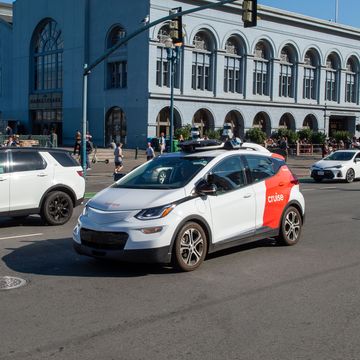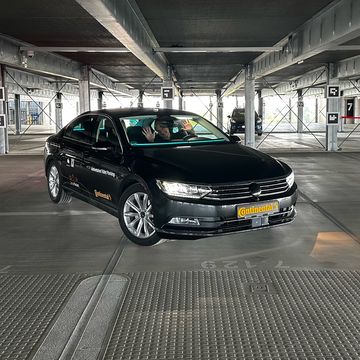- Major cities in the US have been experimenting with speed limit reductions that are showing promising results for pedestrian and driver safety.
- Seattle is one of the most recent cities to drop its speed limit by 5-10 mph, which resulted in an overall 17% reduction in crashes with injuries.
- As road safety declines, the NHTSA and IIHS both praise speed limit reductions as an effective way to save lives and improve future road conditions.
As much as we enjoy running a car to redline or coaxing out a gentle rear-end rotation, car enthusiasts carry the same roadway responsibilities as every other user. These days, that's a heightened level of responsibility, as road fatalities went down an insignificant 0.2% in 2022 from record-high levels of 42,915 deaths nationwide in 2021.
With traffic fatalities rising steadily since 2016, it's not hyperbole to say driving has become genuinely more dangerous, and not just for those inside the car. Pedestrian and cyclist deaths are on the rise as well, nationwide and in some cities too.
That's why Seattle, Washington, lowered its default speed limit from 30 mph to 25 mph on arterial roads and from 25 mph to 20 mph on residential streets. The 2016 move was somewhat controversial but ultimately was applauded by city planners, parents, and politicians alike due to its safety-focused approach and potential congestion reductions. Almost seven years later, Seattle's speed reduction program shows promising results.
The overall likelihood of an injury dropped 17% in Seattle's downtown and 7% outside the city center, according to an analysis by the Insurance Institute for Highway Safety. On major roads only, there was a 20% reduction in the odds of an injury crash in the city center and an 11% decrease outside the city center.
On residential roads, however, there was no significant change in the odds of an injury. The IIHS believes the narrow nature of Seattle's neighborhood roads makes drivers uncomfortable driving above 20 mph anyway.
"These results illustrate the value of rethinking speed limits. Crashes still happened after Seattle's changes, but they weren't as dangerous," said IIHS President David Harkey. "Everybody thinks of highways when we talk about speed limits, but reducing speeds on city thoroughfares and residential streets is just as important. Nationwide, nearly a third of crash deaths occurred on urban arterials in 2020."
Most of this program's success is owed to the nearly 2600 new speed limit signs installed by 2020. The study says the greatest speed reductions were in areas with consistent signage. Additionally, Seattle conducted a public outreach campaign and installed gateway signs at key junctions like highway off-ramps and ferry terminals.
As compared to the three Washington control cities used in the IIHS study, Seattle was the only city to decrease injury-inducing crashes. These results also fall in line with a 2018 Boston study from the IIHS which affirmed that marginal speed limit reductions are effective.
"These results suggest that communities can reap substantial benefits by lowering speed limits," said IIHS Senior Research Transportation Engineer Wen Hu, the lead author of the study. "To reduce injuries even further, communities should combine lower speed limits with engineering solutions, public education about the importance of reduced speeds, and high-visibility enforcement."
If these studies aren't convincing enough, there are countless additional examples. Toronto, Ontario, saw a 28% decrease in the number of collisions between pedestrians and motor vehicles and a 67% decline in the number of fatal and serious injuries on streets with speed limit reductions.
When Portland, Oregon, reduced its default city speed limit to 25 mph, the city saw cars driving 30-35 mph reduced by 26% and the number of cars driving over 35 mph dropped 47%. Even New York City reduced its default speed limit from 30 mph to 25 mph, resulting in a 22% reduction in traffic fatalities and a 25% reduction in pedestrian fatalities.
There's a time and place for enjoying full-throttle acceleration, regardless of your propulsion choice, but not on city streets. If we want to live to drive another day and care for those around us, remember that going to the track or enjoying an empty canyon road is the way to go. And if that's not enough for you, the National Highway Traffic Safety Administration would remind you that even a 1-mph reduction in operating speeds can result in a 17% decrease in fatal crashes.
Should residential speed limits be set at 20 mph? Please share your thoughts below.
A New York transplant hailing from the Pacific Northwest, Emmet White has a passion for anything that goes: cars, bicycles, planes, and motorcycles. After learning to ride at 17, Emmet worked in the motorcycle industry before joining Autoweek in 2022. The woes of alternate side parking have kept his fleet moderate, with a 2014 Volkswagen Jetta GLI and a 2003 Honda Nighthawk 750 street parked in his South Brooklyn community.















